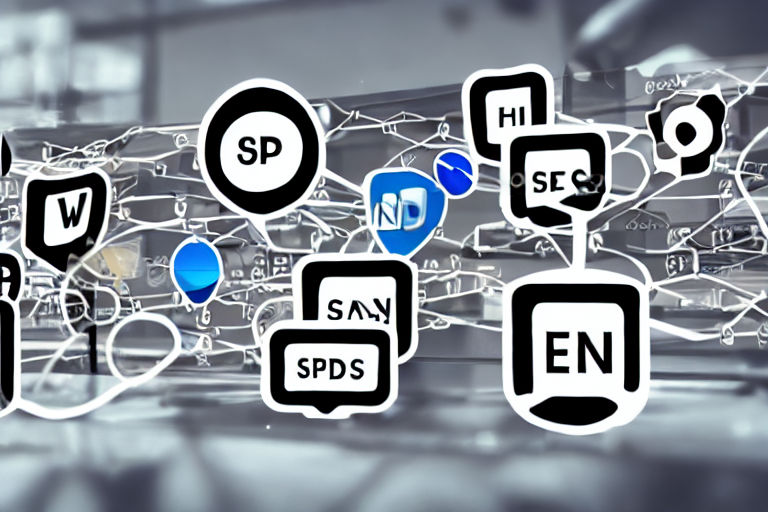The Importance of Personalization in Email Marketing: Strategies for Boosting Engagement and Conversions
In today's digital world, email marketing is one of the most effective ways to reach out to potential customers and retain the existing ones. However, inboxes are getting overcrowded with marketing emails, making it challenging for businesses to stand out. Nowadays, the success of email marketing is not only dependent on catchy subject lines and high-quality graphics, but it's also reliant on personalization. Personalization is when businesses provide relevant and targeted content to their subscribers based on their preferences and interests. In this post, we will explore the significance of personalization in email marketing and its impact on engagement and conversions.
Why is Personalization Important?
Personalization is crucial for any email marketing campaign for two primary reasons:
1. Increases Relevance
Personalization helps in building a deeper connection between the business and the subscriber. Generic emails sent to the entire mailing list are unlikely to appeal to individual subscribers. Still, with personalization, businesses can tailor their content to meet their subscribers' specific preferences, leading to increased relevance. This relevance helps in grabbing the subscriber's attention and making them stay engaged with the email.
2. Boosts Conversions
Personalization can drive conversions by providing subscribers with targeted product recommendations that align with their interests, past purchase history, and preferences. A study by Epsilon found that personalized emails have a 29% higher open rate and a 41% higher click-through rate than non-personalized emails. This signifies that personalization can lead to higher engagement, which, in turn, can lead to increased conversions.
Personalization Strategies for Email Marketing
Now that we have established the importance of personalization let's look at some strategies to implement it:
1. Segmentation
Segmentation is the process of grouping subscribers based on their characteristics or behaviors, such as location, age, gender, and past purchase history. Segmented emails have a higher open rate and click-through rate than non-segmented emails. By communicating with the subscribers based on their interests and preferences, businesses can create a personalized email experience that drives engagement and increases conversions.
2. Dynamic Content
Dynamic content is a technique that changes the email's content and design from person to person based on their past behavior and preferences. It's essentially creating different versions of the same email that are unique to each subscriber. This technique can increase engagement and conversions by providing subscribers with the information they find most relevant.
3. Personalized Subject Lines
Personalizing the subject line of an email is an easy way to increase its open rate. According to Campaign Monitor, emails with personalized subject lines have a 26% higher open rate than those without. Personalizing emails with the subscriber's name, city, or past purchase can significantly increase the open rate and drive engagement.
Conclusion
Personalization is becoming an essential component of email marketing. By implementing personalization techniques such as segmentation, dynamic content, and personalized subject lines, businesses can create targeted and relevant email campaigns that increase engagement and drive conversions. As the competition for the subscriber's attention increases, personalization can help businesses stand out in crowded inboxes, driving brand loyalty and revenue.



